White cloth is used in pooja to spread the cloth to keep god shilloutes.
White attire has criticalness in numerous strict confidence customs. A portion of these customs include:
Buddhism: In numerous Asian societies, white attire is worn as an indication of grieving. It is the customary shade of memorial service attire. In Sri Lanka, lay Buddhists wear white attire during services and propitious occasions. [1] In Thailand, committed lay enthusiasts who take on 8 statutes (called Upāsakas/Upāsikās) sport white.
Christianity: Christian baptismal articles of clothing are generally white. A few places of worship additionally receive white apparel for specific individuals from their ministry or strict; most popular is the white dress of the pope. Heavenly attendants in human structure are depicted as wearing white garments. [2]
The Congregation of Jesus Christ of Contemporary Holy people: LDS individuals join specific essentialness to white attire. The officiant and the follower at a Mormon submersion are both dressed completely in white. It is customary, however not required, to dress infants and little youngsters in white when they are honored. As of late, it has gotten basic for men who favor or pass the consecrated tokens to wear ties and white shirts. Moreover, sanctuary laborers and sanctuary supporters dress in white sanctuary clothing to work in the sanctuary or take an interest in sanctuary laws. LDS underpants are additionally white.
Hindu: In burial services, the Hindu individuals wear white easygoing garments in regard of the dead. Widows and in some cases single men are relied upon to dress in white attire to mean their status. (See Grieving (Hindu).)[3] “A Hindu widow would wear a white dress in mourning.”[4]
Judaism: The stylized kittel (Yiddish/Ashkenazic Hebrew: “robe or coat”) worn on strict occasions, is white to represent immaculateness. The tallit katan (Yiddish/Ashkenazic Hebrew: “little tallit”) is in like manner white in shading, as, on high occasions, is the gartel (Yiddish/Ashkenazic Hebrew: “belt, support, or scarf”).
Based on 0 reviews
|
|
|
0% |
|
|
|
0% |
|
|
|
0% |
|
|
|
0% |
|
|
|
0% |
You must be logged in to post a review.
Related Products
. Vathulu quantity – 200p
. Vattulu or cotton wicks are used for deeposthavam in pooja .
Weight:500 GMS
Purnahuti- Used In Homam and other pooja Rituals
Kashi Ashtagandha is mixture of eight fragrant herbs – Chandan, Kesar, Bhimseni Camphor, Heena, Agar, Tulsi, Bel and Durva. Ashtagandham or Ashtagandha is a holy fragrant mixture of 8 herbs,which is used to emanate from the form of Lord Krishna. Ashtagandham fragrance one associates with holiness,purity, and positivity
Size:6 inch
Weight:2.5 kg
In the Fire Ceremony, Samidha used to calm all the plants.Chanting slokas with the word “SWAHAA” at the end offers these sticks to the fire.There are ravi, medi, mamidi, Jilledu, and moduga in Homam Pulalu. It also goes by the name Havan ka lakidi.midalu are wood stick pieces which are used for pooja in homams.
Rose Water Abishekam can get you the blessings of wealth and prosperity. Performing rose water Abishekam can help you come out of the weaknesses like vanity, selfishness, pride and ego. This Abishekam can be a good remedy to come out the negative qualities and imbibe positivity in your life.
weight:50 gms
The ritual thread is traditionally worn on the right wrist or arm by the males and on the left by the females. This thread also plays a role in certain familial and marital ceremonies.

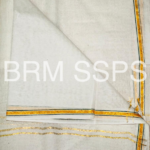
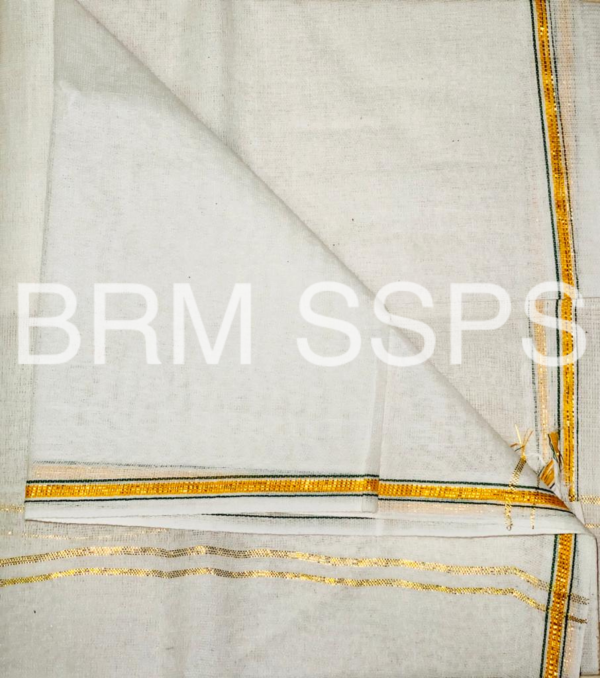


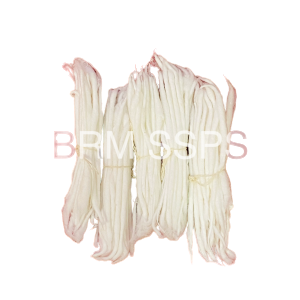
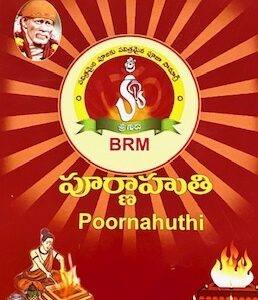


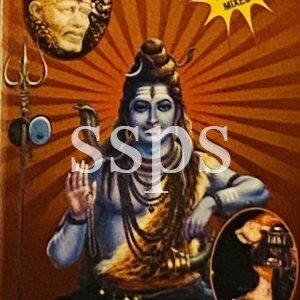

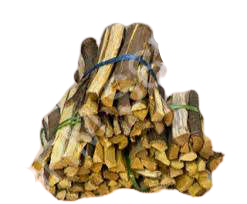
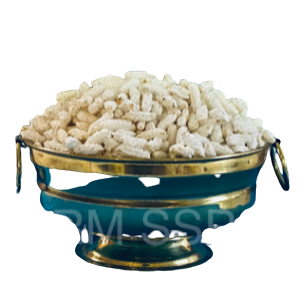


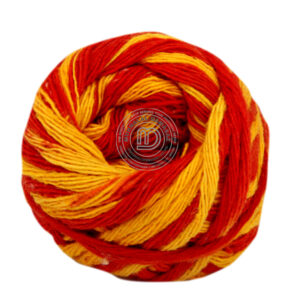

Reviews
There are no reviews yet.